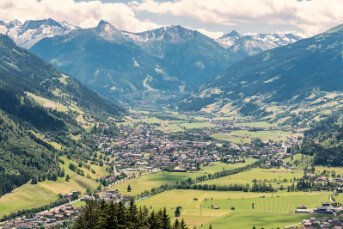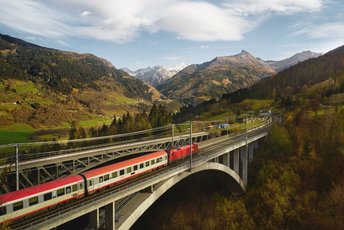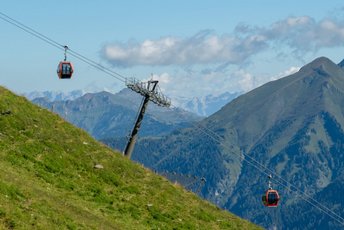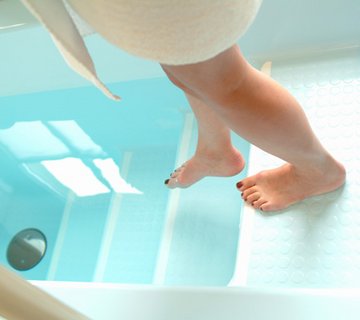-
Region
-
Experiences
-
Vitality
-
Events
-
Service
Gastein works - study collection
There are now numerous scientific studies on the effect of radon therapy or the Gastein cure
The Gastein cure has a long tradition. As early as 1230 AD , the then famous poet Neidhart von Reuental felt so good in the Gastein water that he put it into verse. In "Die Graserin in der Gastein" he also describes the warm thermal springs.
The Gastein Research Institute was founded in 1936. Since then, it has been researching the Gastein spa treatments and also ensuring their further development. Since 2006 it has been an independent institute of Paracelsus Medical University Salzburg and part of the Institute for Physiology and Pathophysiology. But it is not only the Gastein Research Institute that produces studies on radon therapy; other international universities are also interested in the noble gas.
The table provides selected studies for download. Easier to understand is this short summary of the scientific studies or this summary of the contents of the individual studies.
Selected studies
|
Study Authors Publication |
|---|
|
Registry study on the effectiveness of the Gastein cureLandrichinger J., Hölzl B., Untner J., Foisner W., Edtinger S., Knapp M., Ritter M., Gaisberger M. 2018. poster |
|
Radon balneotherapy and physical activity for osteoporosis prevention: a randomized, placebo-controlled intervention studyWinklmayr M., Kluge C., Winklmayr W., Küchenhoff H., Steiner M., Ritter M., Hartl A. 2015. Radiat Environ Biophys. 54(1): 12-36. |
|
Influence of low-dose radon tunnel hyperthermia in ankylosing spondylitisLange U., Neumann N., Kürten B., Müller-Ladner U., Tarner I.H. 2012. Phys Med Rehab Kuror. 22: 203-206 |
|
Long-term observation of patients with ankylosing spondylitis after (repeated) radon tunnel therapy in the context of inpatient rehabilitation - 12-year follow-up of a controlled prospective studyLind-Albrecht G., Rotheimer-Hering S. 2007. Journal of Mineral Metabolism 4. |
|
Radon as a therapeutic agent - Therapeutic efficacy, biological mechanism of action and comparative risk assessmentDeetjen P., Falkenbach A., Harder D., Jöckel H., Kaul A., von Philipsborn H. 2005. RADIZ Information Booklet No. 25. |
















